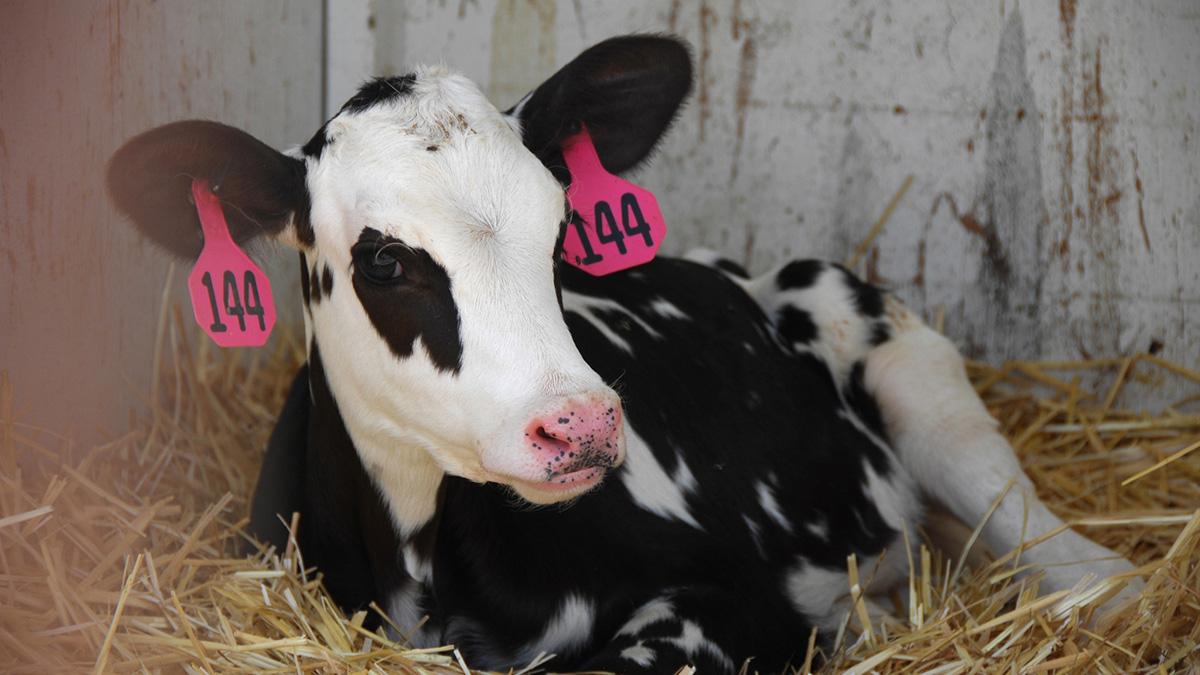USDA/Flickr (Public Domain)
This column was published by Nebraska Farmer on May 3, 2022, and is excerpted here with permission.
The dairy industry in Nebraska and in the U.S. has transformed dramatically over the years in response to changing economics, productivity and consumer demand.
The federal dairy policy framework also has changed dramatically, from a complex milk marketing order and federal price support system to a still complex marketing and pricing system, with federal income support and risk management tools available to producers.
When foundational U.S. dairy policies were implemented more than 70 years ago, milk production and consumption were more confined to regions or “milksheds,” given the importance of fluid milk consumption and the logistical constraints of transporting a perishable product over long distances outside of a local region.
As transportation and refrigeration advanced and more marketing moved beyond local areas, milk marketing orders and pooled pricing mechanisms across classes of milk were created in the 1930s to help farmers facing low milk prices, while the dairy price support programs date to the 1949 Farm Bill.
Full Column via Nebraska Farmer